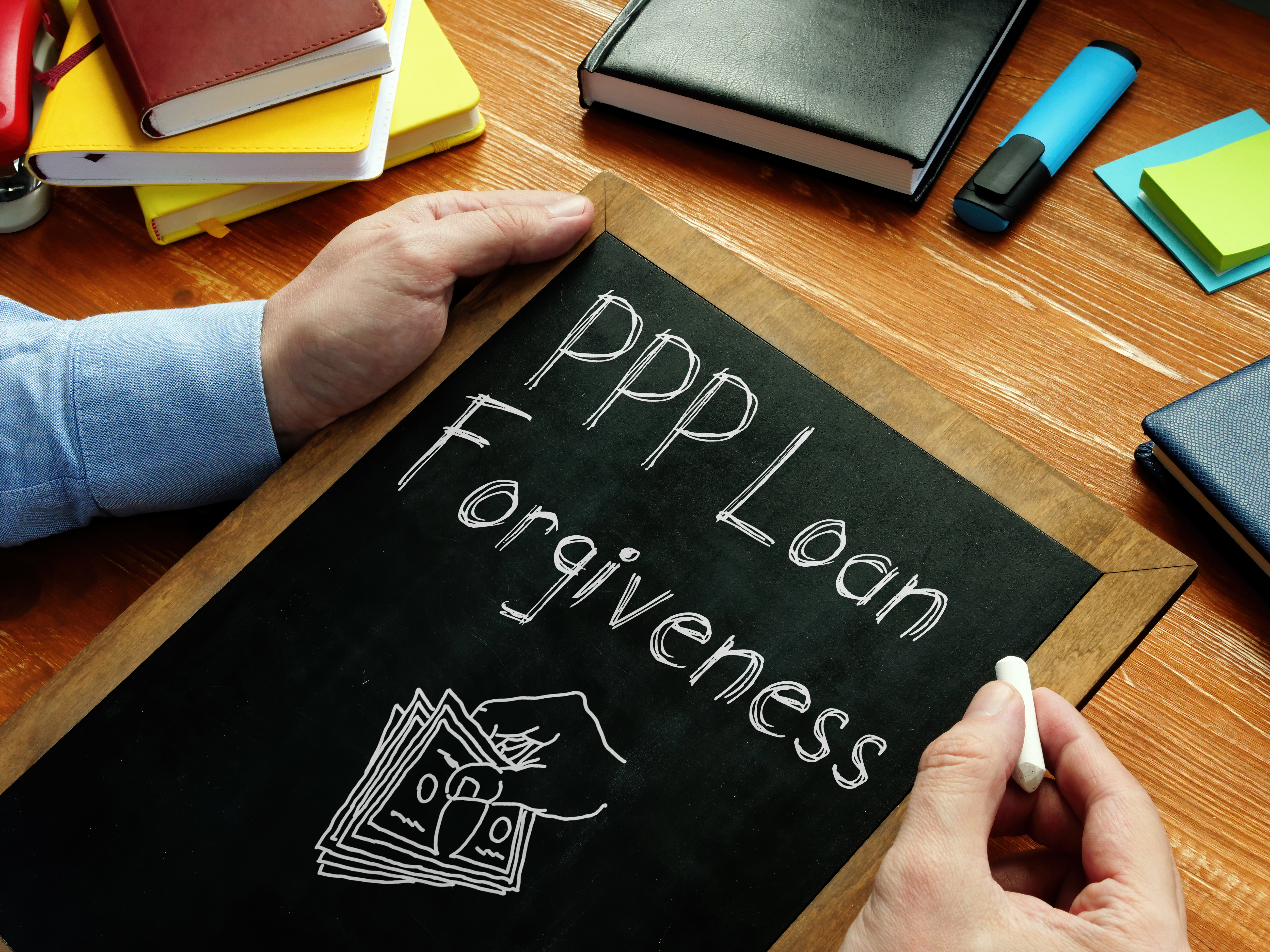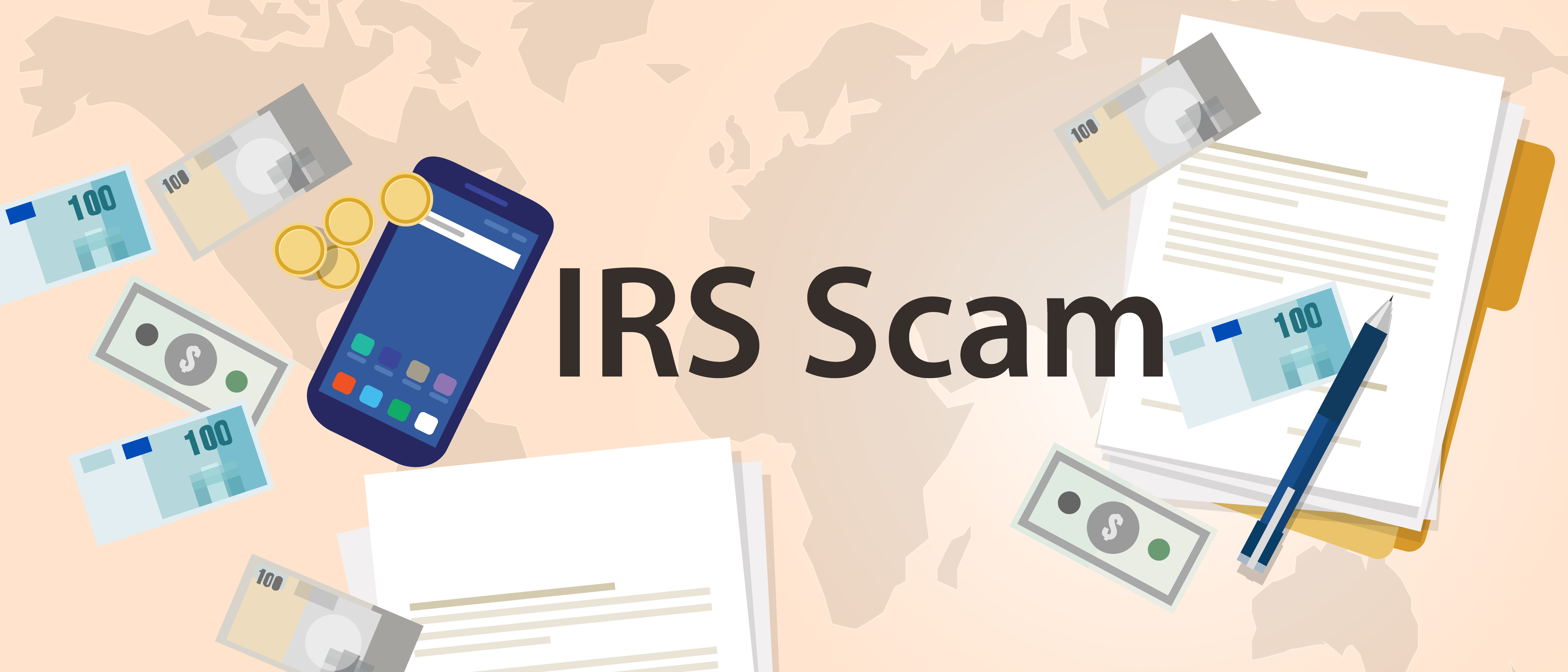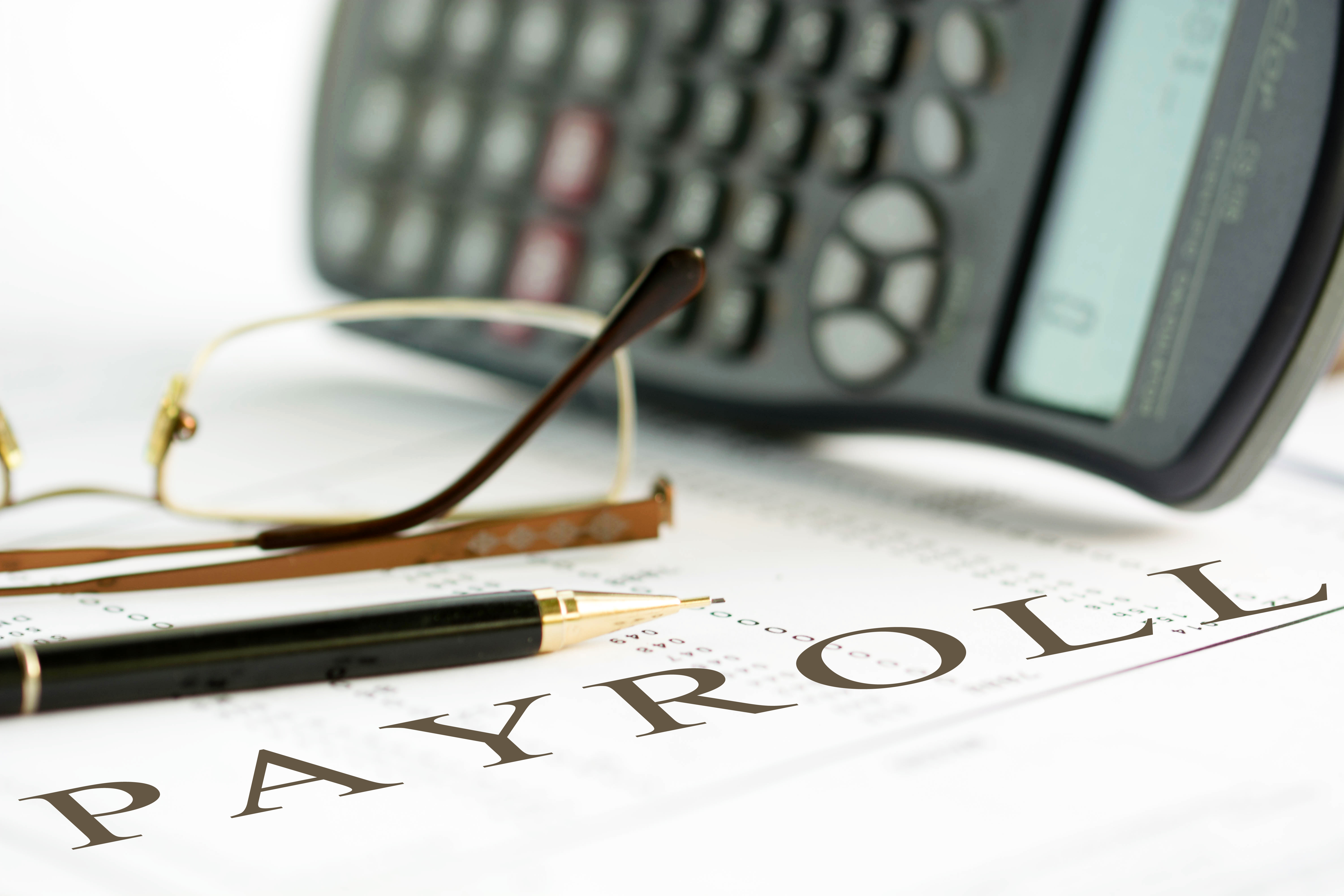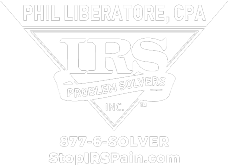The Coronavirus Aid, Relief, and Economic Security Act (CARES Act), enacted on March 27, 2020, is designed to encourage Eligible Employers to keep employees on their payroll, despite experiencing economic hardship related to COVID-19, with an employee retention tax credit (Employee Retention Credit).
The IRS released a set of frequently asked questions regarding the Employee Retention Credit available as part of the newly released CARES Act.
https://www.irs.gov/newsroom/faqs-employee-retention-credit-under-the-cares-act
The Employee Retention Credit is a fully refundable tax credit for employers equal to 50 percent of qualified wages (including allocable qualified health plan expenses) that Eligible Employers pay their employees. This Employee Retention Credit applies to qualified wages paid after March 12, 2020, and before January 1, 2021. The maximum amount of qualified wages taken into account with respect to each employee for all calendar quarters is $10,000, so that the maximum credit for an Eligible Employer for qualified wages paid to any employee is $5,000.
Eligible Employers for the purposes of the Employee Retention Credit are those that carry on a trade or business during calendar year 2020, including a tax-exempt organization, that either:
- Fully or partially suspends operation during any calendar quarter in 2020 due to orders from an appropriate governmental authority limiting commerce, travel, or group meetings (for commercial, social, religious, or other purposes) due to COVID-19; or
- Experiences a significant decline in gross receipts during the calendar quarter.
Please note: Self-employed individuals are not eligible for this credit for their self-employment services or earnings.
The IRS has defined a significant decline in gross receipts begins with the first quarter in which an employer’s gross receipts for a calendar quarter in 2020 are less than 50 percent of its gross receipts for the same calendar quarter in 2019. The significant decline in gross receipts ends with the first calendar quarter that follows the first calendar quarter for which the employer’s 2020 gross receipts for the quarter are greater than 80 percent of its gross receipts for the same calendar quarter during 2019.
Eligible Employers will report their total qualified wages and the related credits for each calendar quarter on their federal employment tax returns, usually Form 941, Employer’s Quarterly Federal Tax Return. Form 941 is used to report income and social security and Medicare taxes withheld by the employer from employee wages, as well as the employer’s portion of social security and Medicare tax. You will need to contact your payroll company for help with this.
An Eligible Employer may not receive the Employee Retention Credit if the Eligible Employer receives a Small Business Interruption Loan under the Paycheck Protection Program that is authorized under the CARES Act (“Paycheck Protection Loan”). An Eligible Employer that receives a paycheck protection loan should not claim Employee Retention Credits.





